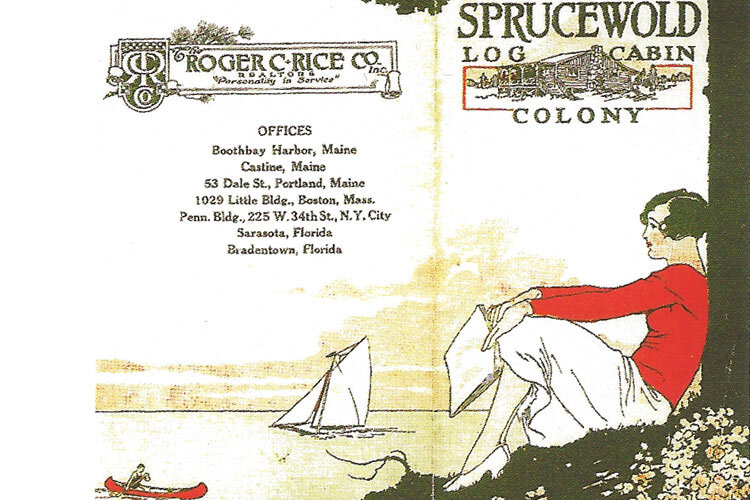Even though rustic resorts of the late 1800s to early 1900s were in remote locations, they offered their affluent guests all the comforts of an upper-class home, including sumptuous meals.
Read MoreThe Native American game of snow snakes is centuries old, but is still enjoyed by tribes living in regions with snowy winters where they use snow snakes much like these antique versions.
Read MoreWhat makes us “love” an antique? We contemplate this question with help from a psychologist’s book on the concept of emotional design.
Read MoreThis multi-color, hand-painted, wooden sign dates from the 1920s and was made to beckon early automobile travelers towards a lodging house.
Read MoreRustic architecture from the late 1880s into the 1900s is still highly valued, preserved and enjoyed at an historic summer colony in Boothbay Harbor, Maine.
Read MoreFunctional garden ornaments such as fences, gazebos and obelisks, have been made from bark-on wood in geometric rustic motifs for over a century.
Read MoreIn the late 1800s, women of leisure were enjoying the freedom to pursue genteel sporting activities such as canoeing. These same women popularized fabric lithographs like this one, which were often made into pillows that celebrated their outdoorsy pursuits.
Read MoreThis tall wooden water-skiing board is a piece of aquatic sports history. But it is its graphic red, white and blue paint decoration that puts it over the top as stunning decor for a lakeside home.
Read MoreCarefully packing a load of (often heavy) antiques into a large truck and traveling half way across the country may seem like a crazy way to do business, but as this article describes, it can also be a fun and lucrative endeavor.
Read MoreEtching designs and pictorial stories onto birch bark is a traditional technique that Native American woodlands tribes used to decorate objects they made to sell to white settlers and tourists.
Read MoreWe review two entertaining books about antiques dealers. One is a contemporary mystery novel set in Maine, and the other documents the daily preoccupations and work of a real-life antiques dealer.
Read MoreAlthough this circa 1880s Woodlands crooked knife was made to be used as a woodworking tool, its human hand shape transcends its utilitarian purpose, making it an exquisite example of Native American art.
Read MoreThis article delves into the phenomenon of posting photos of antiques to online social sharing sites such as Pinterest, and explores the trend of collecting antiques in a virtual rather than physical reality.
Read MoreThis framed early 20th century photo captures a classic scene of a solo paddler in a wood-and-canvas canoe on a serene northern lake.
Read MoreEven though we’re antiques dealers, when it comes to buying antiques for our own home that are outside our specialty area, we face the same question that many antiques buyers do: How do we know that the price is fair?
Read MoreCanoe cups are a popular rustic collectible, especially those with carved or painted decoration of scenes and animals encountered in northern woods and waterways.
Read MoreDoes the term “antiques” evoke fusty and outdated elements of home decor? That is not the association we want people to have with the types of antiques we deal in, so this article explores alternative terminology for good, old things.
Read MoreAlpheus E. Keech (1855-1926) was a skilled artist who preserved idyllic images of the 1000 Islands region of northern New York on hundreds of souvenir canoe paddles that he sold for a living.
Read More

















